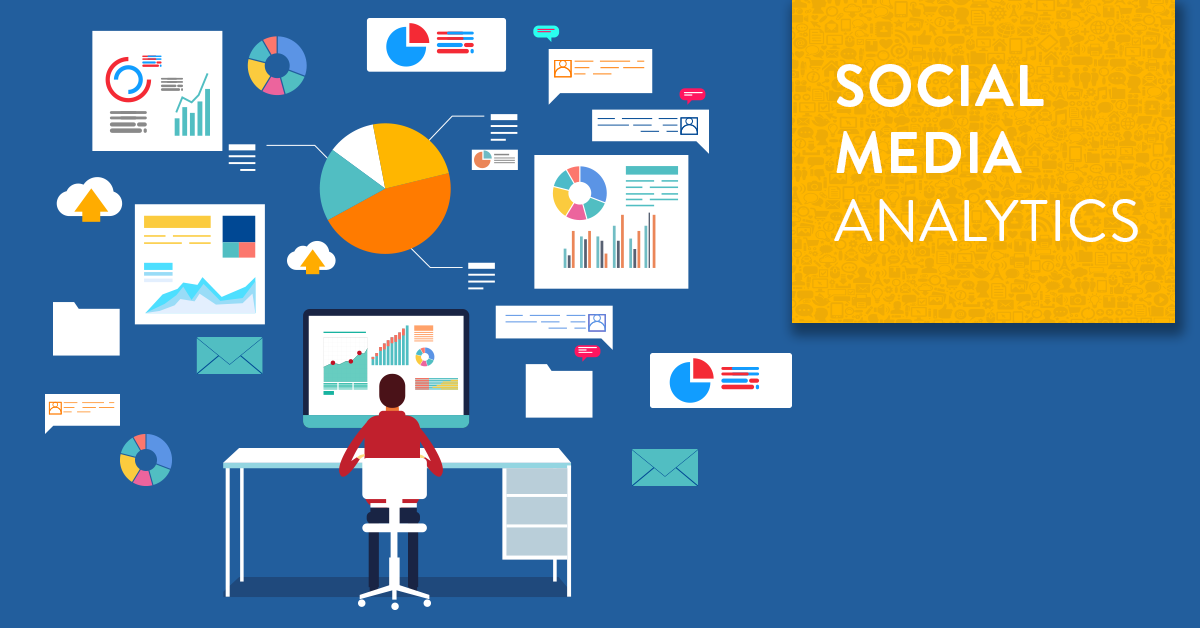Harnessing the Future: Investigating Data Libraries Can Leverage
The future of libraries is tightly linked to their capacity to harness and leverage various types of data. From enhancing user experiences to informing strategic decision-making, here’s a glimpse into the types of data libraries that can be utilized in the future.
 User Engagement Data
User Engagement Data
User engagement data encompasses information about how patrons interact with library services and resources, both physically and digitally.
Sources:
Understanding how patrons engage with library services allows for personalized and targeted offerings. Analyzing data on borrowing habits, resource utilization, and attendance patterns enables libraries to tailor their offerings to meet the diverse needs of their community.
Learning Analytics
Learning analytics involve the collection and analysis of data related to educational activities within the library, such as workshops, classes, and online learning platforms.
Sources:
By harnessing learning analytics, libraries can assess the effectiveness of educational programs and identify areas for improvement. This data helps in optimizing resources, designing targeted learning experiences, and measuring the impact of educational initiatives on patrons’ knowledge acquisition.
Circulation and Usage Data
Circulation and usage data include information on the borrowing and utilization of physical and digital materials available in the library.
Sources:
Analyzing circulation and usage data provides insights into the popularity of specific materials, helping libraries optimize their collections. This data-driven approach ensures that libraries allocate resources efficiently, acquiring materials that align with patrons’ interests and needs.
Social Media Analytics
Social media analytics involve the tracking and analysis of data generated through library interactions on platforms such as Facebook, Twitter, and Instagram.
Sources:
Libraries can gauge the impact of their social media presence by examining analytics. This data helps in understanding the reach, engagement, and preferences of the online community, allowing libraries to refine their digital communication strategies.
Space Utilization Data
Space utilization data involves tracking how patrons use physical spaces within the library, including reading areas, meeting rooms, and collaborative spaces.
Sources:
Analyzing space utilization data informs decisions about the layout and design of library spaces. Libraries can optimize the arrangement of furniture, technology, and resources to create functional and inviting environments that cater to the diverse needs of their patrons.
The future of libraries is intricately connected to their ability to harness and leverage types of data. From understanding patron behavior to optimizing educational services, libraries can use data to inform decision-making, enhance user experiences, and stay relevant in an evolving information landscape.

 User Engagement Data
User Engagement Data